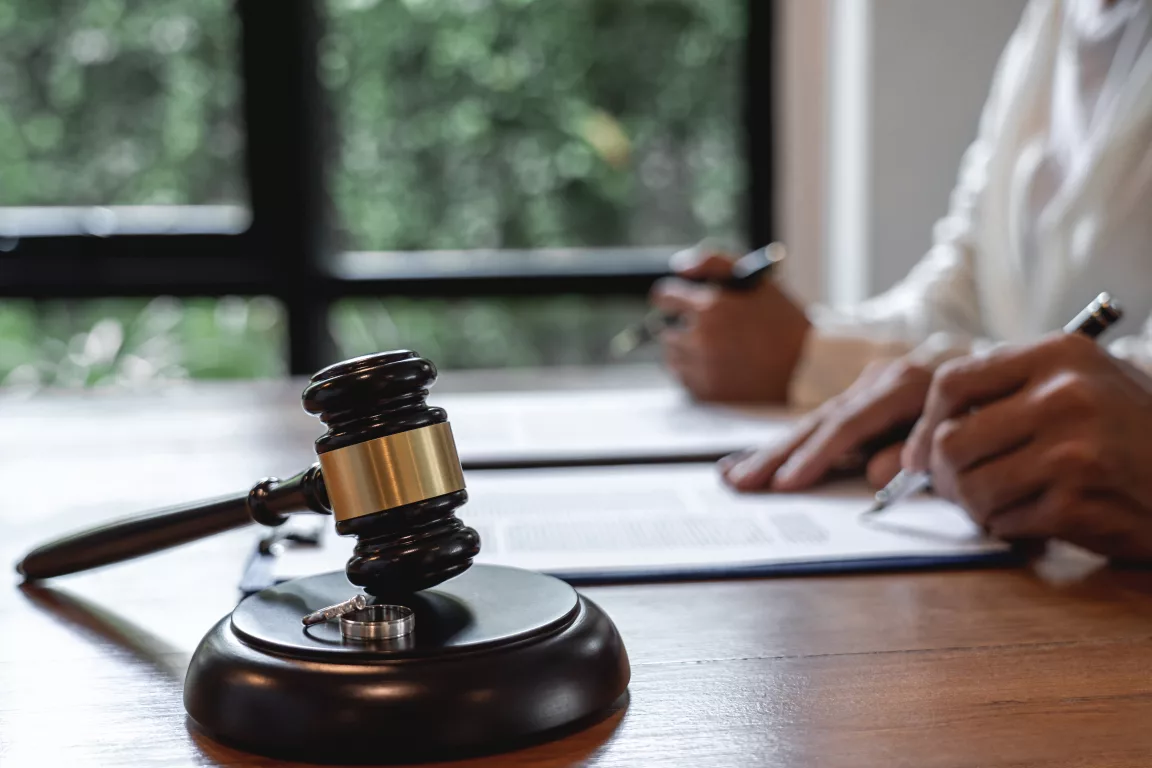Have you been injured in an accident and are considering taking legal action? Or are you curious about what the process entails? Either way, it’s important to understand the personal injury lawsuit process and what to expect from start to finish.
In this article, you will read an in-depth, step-by-step guide to help you navigate the ins and outs of a personal injury lawsuit.
Understanding the Basics
A personal injury lawsuit is a legal dispute between two parties, the plaintiff and the defendant, where the plaintiff seeks compensation for their injuries. To be eligible to file a lawsuit, the injury must be caused by the negligence or intentional act of the defendant.
It’s essential to note that the statute of limitations, or the time frame in which a personal injury lawsuit can be filed, varies depending on the state and type of case.
This means that it’s crucial to act promptly and seek legal counsel as early as possible after the accident.
Additionally, personal injury lawsuits can be costly, time-consuming, and emotionally draining, so it’s important to carefully compare the benefits and drawbacks before making a decision.
However, if your case has strong evidence and a clear demonstration of fault, a personal injury lawsuit can provide the financial and emotional support needed to help you recover from your injury.

Consult with a Professional Attorney
Before filing a personal injury lawsuit, it’s recommended that you speak with a professional lawyer who specializes in personal injury law. An attorney can evaluate your case and determine whether you have a valid claim and the amount of compensation you could receive. They will also guide you through the legal process and handle the paperwork and negotiations on your behalf.
Filing a Complaint in the Court
Once you’ve hired an attorney, the next step is to file a complaint in the appropriate court. This document lays out the details of your claim, including the date and circumstances of the accident, the extent of your injuries, and the compensation you’re seeking. The complaint must also be served to the defendant, who will then have an opportunity to respond.
Evidence Collection and Discovery
It’s important to be fully prepared for the discovery phase, as the evidence and testimony gathered during this time can greatly impact the case’s outcome.
Your attorney will work with you to gather all relevant evidence and ensure that your story is accurately represented. If a settlement is reached during the discovery phase, it can save both parties time, money, and the stress of going to trial.
However, if a settlement cannot be reached, both sides will be better prepared for the trial and more confident in their arguments.

Trial and Resolution
The case will proceed to trial if a settlement is not reached during the discovery phase. Both sides will present their evidence during the trial and argue before a judge or jury. The judge or jury will then decide, which will be final and binding on both parties. If the plaintiff wins, they will receive the compensation they sought in their complaint.
Final Conclusion
The personal injury lawsuit process can be lengthy and complex, but it’s important to understand what to expect if you’ve been injured and are considering taking legal action.
By working with a qualified attorney and following the steps mentioned in this article, you can increase your chances of a successful outcome and receive the compensation you deserve for your injuries.





